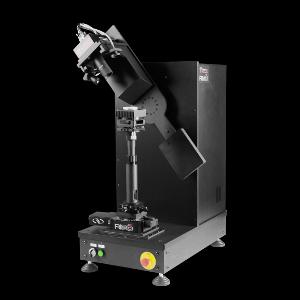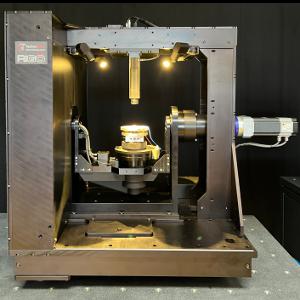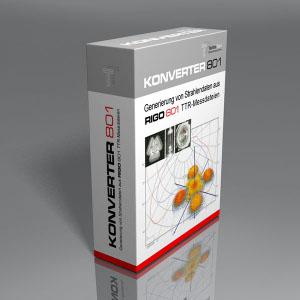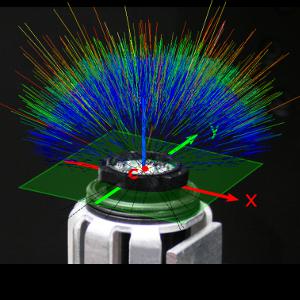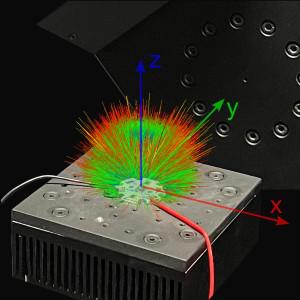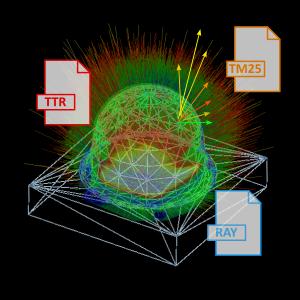Ray data
Light source characterization - Ray data and spectral characteristic

Ray data (ray sets / rayfiles)
Precise characterization of the light sources is essential for the development of sophisticated lighting systems. LEDs are used almost exclusively in current products. Optical components are often placed in the immediate vicinity (near-field) of the LED (lenses, light guides, reflectors), so that the LED cannot be simplified as a point light source. Rather, it is necessary to take into account the local emission characteristics of the light-emitting elements. Ray data is often used here, which is primarily measured with our small goniophotometers RiGO801 – LED and RiGO801 – Micro LED.
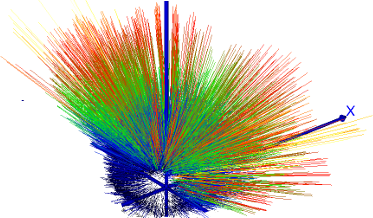
Spectral characteristic
Not only the integral spectral parameters are relevant, but often also the angle- and location-dependent spectral properties. In this way, more realistic optics simulations can be carried out with the help of spectral ray data, taking into account dispersion effects.
Software
Basic features of our software (RiGO801 Measuring software and Converter801)
- Measurement of ray data
- Generation of all common file formats (IES TM-25, ASAP, Speos, LightTools, LucidShape, Zemax OpticsBuilder, TracePro, SimuLux, Photopia)
- Generation of spectral ray data with multi-channel measurements
- Luminance and color images
- Goniospectrometric measurements (spectral radiant flux, color coordinates, CRI, IES TM-30)

Near-field planes, goniospectrometric results and light center calculation
